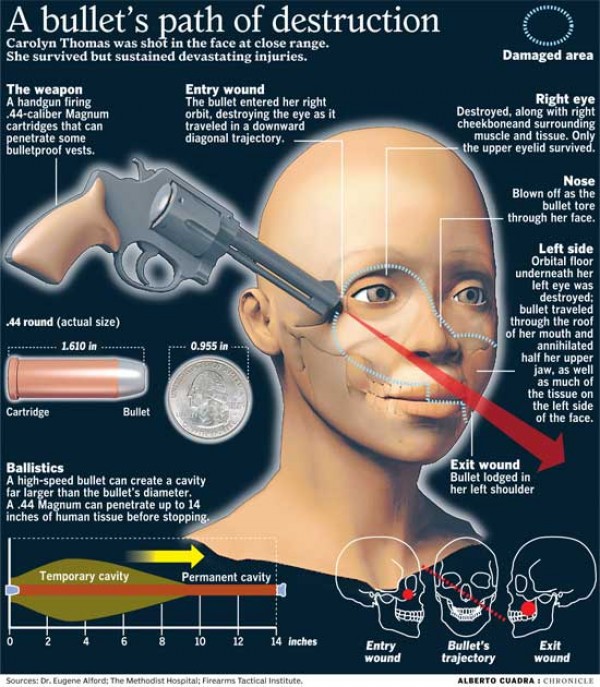
PHILLY MAG: Between January 1, 2001, and May 29th of this year, 18,043 people were shot in Philadelphia. That equates to about one shooting every six hours. In that same time period, there were 3,852 murders—a new body yielded up for disposal nearly every day. The entire length of the conflict in Afghanistan hasn’t produced as many dead Americans as we’ve picked up off our city’s streets. Unfortunately, political debate over urban violence reduces to opposites: On the left, politicians blame economic factors, bad schools and ineffective, even racist law enforcement; to the right, conservatives preach personal responsibility, citing out-of- wedlock births, absentee fathers and the welfare culture. But many decades of violence—equivalent to a protracted shooting war in neighborhoods like Kensington’s Norris Square—have yielded a more pressing problem. According to some medical experts, a diagnosis we most commonly associate with troubled military combat veterans now fits many thousands of people in our poorest neighborhoods: post-traumatic stress disorder.
PTSD symptoms include intrusive, upsetting memories; nightmares; chronic anxiety and fear; memory loss; diminished interest in life; emotional numbing and angry outbursts. But it’s the effect of these symptoms that tears at the fabric of families and communities and produces the dysfunctional neighborhoods we see today. A war vet who suffers from PTSD is more likely to be unemployed, stuck in an abusive relationship, addicted to drugs or alcohol, mired in poverty and subject to violence. The same is true of people living in this city’s most impoverished neighborhoods. And it’s not a coincidence. PTSD has been studied most in soldiers. But in research conducted in Philadelphia, Drexel doctors John Rich and Theodore Corbin have found PTSD rates of more than 70 percent among young men who survive being shot or stabbed. Steven Berkowitz, of Penn’s psychiatry department, citing the research conducted so far, suggests the PTSD rate among the urban poor at large could be as high as 40 percent. “We’re talking about huge portions of entire communities that are impaired in terms of their basic functioning,” says Rich, chair of Drexel’s Department of Health Management and Policy. “These people are suffering and require medical attention, or the cycle will continue.”
The cyclical nature of urban trauma confounds us. We throw up our hands in disgust at the young, violent men of this city; we’re unable to comprehend how anyone could be so emotionally numb, so calloused toward the value of human life. What we fail to grasp, in terms of any coherent policy, is trauma’s strange dual nature. Violent or traumatic events can produce what some researchers have termed “limbic scars”—real, measurable, physical damage to the brain. This is an effect of violence. But it’s also a cause, because the damage done impairs brain function—producing people who are emotionally numb, indifferent to the value of life and likely to lash out. “It’s a cycle that feeds on itself,” says Rich. “Without intervention, violent, traumatic events precipitate more violent, traumatic events.” […] What Rich and other trauma specialists really seem to be saying is: We meet the kids of Philadelphia’s poor neighborhoods too late—in mug shots, crime stories and obituaries. This distorted, narrow view wrecks our understanding of what’s really at work— showing only the ending, through death or a jail sentence, of a life that spans an entire narrative arc. MORE
PREVIOUSLY: Murder Is My Business And Business Is Good
